I have a dataset that I need to transfer into normal distribution.
First, Generate a reproducible dataset.
df <- runif(500, 0, 100)
Second, define a function. This function will continue transforming d.f. until P > 0.05. The transformed d.f. will be generated and named as y.
BoxCoxTrans <- function(y)
{
lambda <- 1
constant <- 0
while(shapiro.test(y)$p.value < 0.10)
{
constant <- abs(min(y, na.rm = TRUE)) + 0.001
y <- y + constant
lambda <- powerTransform(y)$lambda
y <- y ^ lambda
}
assign("y", y, envir = .GlobalEnv)
}
Third, test df
shapiro.test(df)
Shapiro-Wilk normality test
data: df
W = 0.95997, p-value = 2.05e-10
Because P < 0.05, transform df
BoxCoxTrans(df)
Then it gives me the following error messages,
Error in qr.resid(xqr, w * fam(Y, lambda, j = TRUE)) :
NA/NaN/Inf in foreign function call (arg 5)
What did I do wrong?
